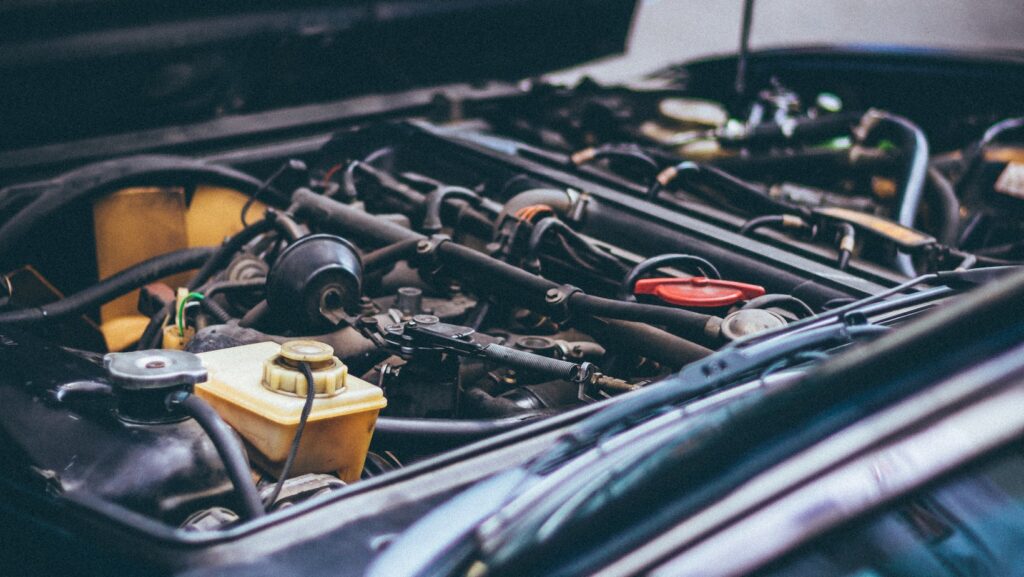
Of the Following Which are the Most Important Parts on Any Vehicle
Every vehicle, regardless of the make or model, is a complex piece of machinery. It’s made up of many parts, each with its own unique purpose and function. However, not all parts are created equal. Some elements play more critical roles in ensuring your vehicle’s safety and performance.
The first on this list has to be the brakes. Imagine driving without being able to stop – it’s a terrifying thought! The importance of efficient braking systems can’t be overstated as they’re vital for maintaining control of the vehicle and preventing accidents.
Next up is the engine; it’s essentially the heart of any motorized vehicle. Without an efficiently functioning engine, your car would be nothing more than a metal box on wheels. It powers every other component in your automobile.
Lastly, we have the tires – another indispensable part that contributes directly to your ride’s safety and performance. Tires provide traction and allow for effective steering response while also absorbing road shocks for a smoother ride.
In essence, while all components contribute to how well a car runs, the brakes, engine, and tires could easily be considered among the most important parts on any vehicle.
Understanding Vehicle Anatomy
Diving right into the heart of things, let’s explore the anatomy of a vehicle.
A vehicle is like a well-oiled machine with numerous components working in harmony to deliver a smooth ride. At the core of these components is the engine. It’s often referred to as the ‘heart’ of a car, and for good reason: without it, your vehicle just won’t run.
- Engine: The engine works by converting fuel (usually gasoline or diesel) into motion. There are different types of engines, but they all serve this basic function.
Next up is the transmission system.
- Transmission System: This important component transfers power from the engine to your wheels. Whether you’re driving automatic or manual, it’s your transmission system that allows you to switch gears smoothly.
Then come your brakes and suspension system.
- Brakes: These are essential for stopping your vehicle safely. When you push down on your brake pedal, hydraulic fluid is sent to each wheel’s brake where it activates a series of mechanisms that slow down or stop your car.
- Suspension System: This part absorbs shocks from road bumps and helps keep tires on the ground for better control and comfort during rides.
And finally, there are additional systems such as electrical system which powers lights and electronics, cooling system which prevents overheating and exhaust system which removes waste gases.

The Engine: Heart of the Automobile
When it comes to the most critical parts of any vehicle, I’d be remiss if I didn’t kick things off with the engine. It’s not just a component; it’s the lifeblood that keeps our cars moving. Essentially, without an engine, your car would be nothing more than an oversized paperweight.
Engines work tirelessly under your car’s hood, converting fuel into mechanical power. This power is what propels your vehicle forward or backward, enabling you to get from point A to point B. There are different types of engines out there such as:
- Internal Combustion Engines (most common)
- Electric Motors
- Hybrid Engines
Among these, internal combustion engines remain the most widespread in today’s automobiles. They’ve been around for over a century and have seen significant advancements since their inception. Now let’s delve a little deeper into how this magnificent piece of machinery works. In simple terms, an engine operates on a four-stroke cycle: intake stroke, compression stroke, combustion stroke (also known as power stroke), and exhaust stroke. Each stage plays an integral role in driving your vehicle.
Moreover, did you know that the average car engine has over 200 parts working together? These include essential components like pistons, cylinder blocks and heads, crankshafts and camshafts – all harmoniously synchronized for optimal performance!
In summary (without sounding too dramatic), when it comes to vehicles’ vital parts – engines undoubtedly rule supreme! They’re not only mechanically fascinating but also stand testament to human ingenuity at its finest.










